
Golfer’s elbow or medial epicondylitis is an accumulative trauma injury similar to tennis elbow. When certain movements are repeated over time, they may lead to small tears in the tendons. In case of golfer’s elbow, the tendons that suffer from tears are those in the arm and forearm.
The pain experienced by tennis players or golfers is referred to as tendinopathy, although the condition can also be considered tendonitis, since it involves inflammation of tendons. However, tendonitis is usually a result of sudden trauma or injury while tendinopathy is caused by long-term overuse of certain muscles and tendons. These two medical issues are treated differently.
Causes and symptoms of golfer’s elbow
The overuse of wrist extensors, as seen in people who frequently play golf, causes cumulative stress and lead to the formation of tiny tears in the tendon, which results in inflammation. If the overuse of muscles and tendons continues, it eventually leads to tissue breakdown.
Golfer’s elbow is characterized by moderate to severe pain on the inside of the elbow, during or after intense use. The pain becomes worse when the wrist is flexed and it often radiates to the forearm. The wrist may become weak and it may be painful to grasp objects, shake hands and similar.
Treatment for golfer’s elbow
The first step in the treatment in any tendon injury is the R.I.C.E. method, which stands for rest, ice, compression and elevation. This method is particularly efficient for injuries as it relieves pain, swelling and other symptoms. However, since golfer’s elbow is a result of accumulative stress, this method may not be sufficient.
It takes from two to six months to recover from tendinopathy. This problem gets worse if an athlete continues the activity that lead to it, in this case, playing golf. Tendinopathy becomes chronic and even though it may get better after R.I.C.E. method, it will come back. It is therefore recommended to see a sports medicine specialist or a physical therapist. The treatment those specialists usually recommend consist of ultrasound, medication, massage, splinting or bracing. Of course, it is necessary to stop playing golf for a while or at least to reduce the time spend playing it.
After the treatment, when the arm gets better and the pain goes away completely, it will be necessary to do strengthening and flexibility exercise, according to the physical therapist’s recommendations, so the arm can go back to its normal shape and function. Since golfer’s elbow can come back again easily, it is recommended to be careful not to return to activity too soon.


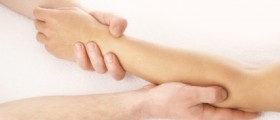
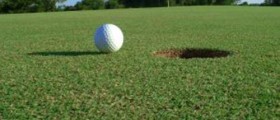
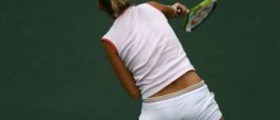
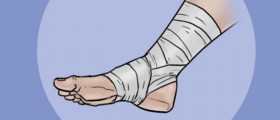
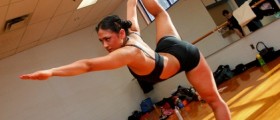
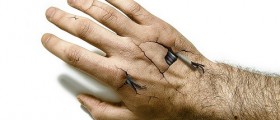
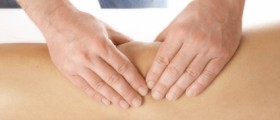
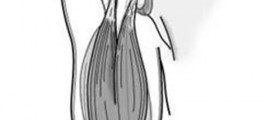
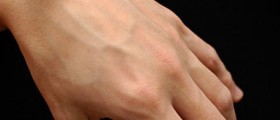
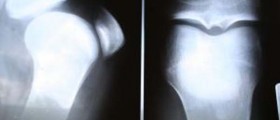
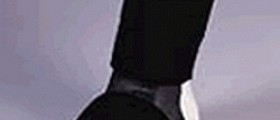

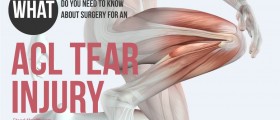
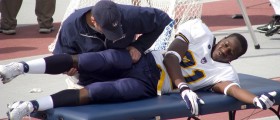
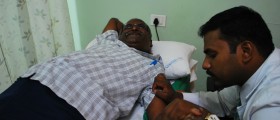
Your thoughts on this
Loading...